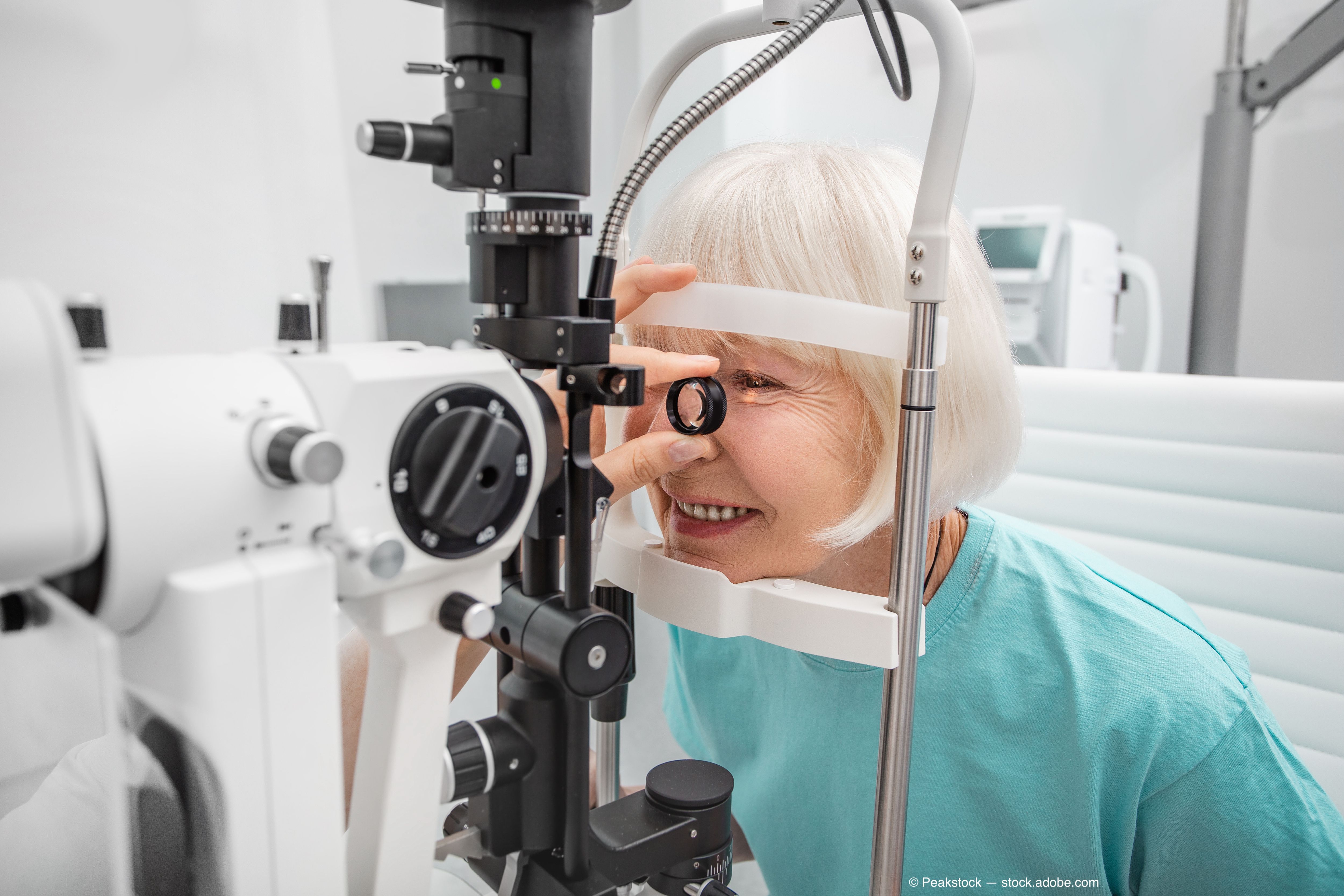Publication
Article
Digital Edition
Dropless glaucoma treatment an elusive path to ease burden
Author(s):
Physicians are left to determine which treatments can offer patients best outcomes.


Reviewed by Janet B. Serle, MD
Treatment of glaucoma without eyedrops has long been a goal, and while it may be possible one day, it is not reality. However, there are a number of considerations for individual patients.
Numerous surgical procedures and minimally invasive devices are available to lower the IOP.
Some have been around for a long time, but within the last few years numerous devices have entered the market with unknown long-term results, and more are in the pipeline.
Related: Surgical decision-making in the era of MIGS
Antiglaucoma drops currently remain the first-line choice for many ophthalmologists.
However, the question remains about which treatment(s) can achieve and maintain the desired IOP level and prevent progression, according to Janet B. Serle, MD, professor emeritus of ophthalmology, Icahn School of Medicine at Mount Sinai, New York.
Guidelines for clinicians
Clinicians can adhere to the general guidelines that have been established for target IOPs for different glaucoma stages, but how well they work for individualized patients remains to be seen.
“For each patient it is important to assess the risk parameters in addition to the stage of the disease,” Serle said. “In some patients, we can hopefully get ahead of progression by treating the glaucoma aggressively and in other patients we may be able to step back, accept higher target IOPs, and carefully assess the most appropriate therapies.”
Related:Drainage device offers IOP lowering capabilities at 1 year
Many large clinical trials have evaluated different procedures over different follow-up periods and generated widely varying outcomes regarding medication use and wide ranging IOP results postoperatively.
These range from no medications needed in 78% of patients followed for 3 years after selective laser trabeculoplasty (SLT)1 to studies of minimally invasive glaucoma surgeries (MIGS) and gonioscopy-assisted transluminal trabeculotomy that resulted in a wide range of medications needed postoperatively.
Serle suggested that surgeons look outside the treatment box and rethink the current order by which they select treatment and determine if they should adjust that order.
For example, should surgeons consider an SLT, an earlier SLT, or a MIGS procedure if appropriate, or should patients be treated more aggressively earlier in the disease process, especially in the case of young patients with potentially longer life spans.
Related: A menu of glaucoma treatments includes options to fit all scenarios
Another challenge, she pointed out, is identifying and diagnosing patients with early disease.
“I do not think it is time to abandon the traditional more invasive procedures, particularly in advanced disease, because these more consistently result in lower IOPs,” she commented.
Currently, however, although there are numerous nonmedical options that are available for glaucoma management, physicians cannot now achieve successful IOP control in all patients without relying on medical therapy.
Serle emphasized that to manage and control glaucoma without eyedrops, there must be a more “robust” way to identify patients with glaucoma, especially those with early disease.
Acceptance and incorporation of other newer treatment options by patients and physicians should occur.
Related:Unplugging the clogged drain in glaucoma
If intervention is successful, the progression curve may change, she said and noted the importance of demonstrating that surgical devices and procedures achieve satisfactory target IOPs for long durations during a patient’s life.
The current devices meet the target IOPs in some patients, but the long-term results are unknown.
Conclusion
Serle said that it should be a goal to reduce the medication burden as much as possible.
“Physicians can think about how they select treatment,” she said. “For patients with early-stage glaucoma, consider options other than medications. In moderate and late-stage disease, treatment with laser and/or MIGS and/or traditional surgery may reduce or eliminate the need for medications in some patients. For late-stage disease, more invasive surgeries may be more successful at achieving the required IOP with fewer or no medications.”
--
Janet B. Serle, MD
e:janet.serle@mssm.edu
This article is adapted from Serle’s presentation at the American Glaucoma Society’s 2021 virtual annual meeting. She is a consultant to Aerie Pharmaceuticals, Allergan, Bausch + Lomb, and Qlaris.
--
Reference
1. Gazzard G, Konstantakopoulou E, Garway-Heath D, et al. Selective laser trabeculoplasty versus eye drops for first-line treatment of ocular hypertension and glaucoma (LiGHT): a multicentre randomised controlled trial. Lancet. 2019;393:1505-16.

Newsletter
Don’t miss out—get Ophthalmology Times updates on the latest clinical advancements and expert interviews, straight to your inbox.




